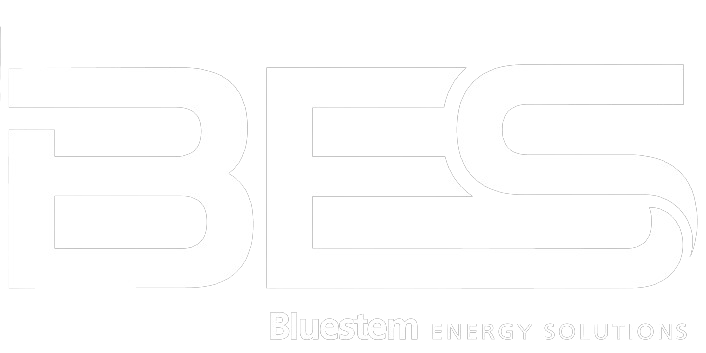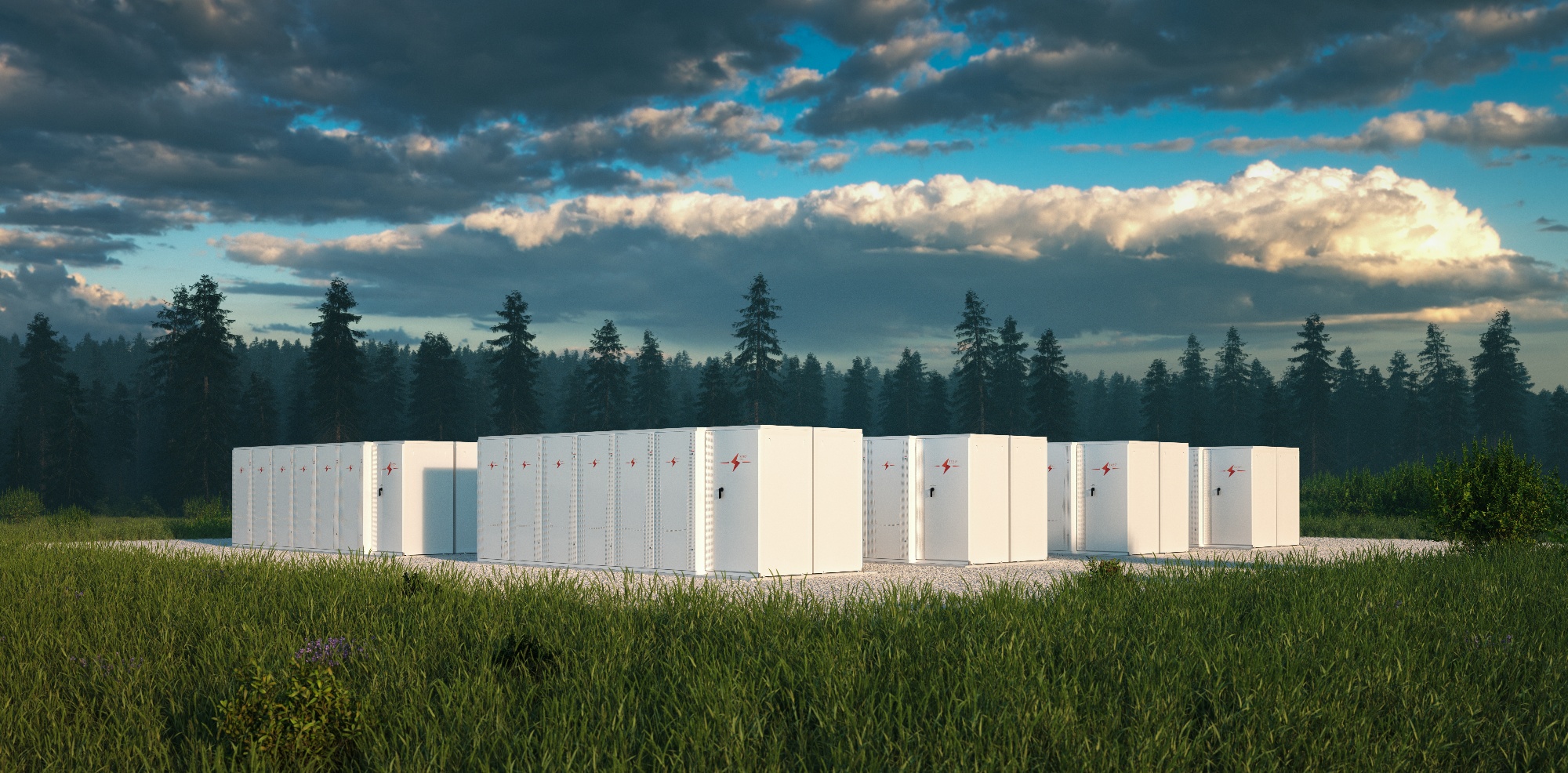Battery Energy Storage Systems (BESS) enable energy from renewable energy sources, like solar and wind, to be stored and released when customers need power. Even if the wind isn’t blowing or the sun isn’t shining, battery storage enables utilities to continue to provide power during peak demand. Here’s how it works:
1. CHARGE
The battery system is charged by clean electricity generated by solar or wind.
2. OPTIMIZE
Intelligent battery software uses algorithms to coordinate energy production, utility rate structures, and weather patterns to optimize when the stored energy is used.
3. DISCHARGE
Energy is discharged from the battery during peak demand, which reduces or eliminates expensive demand charges.
Utility-scale battery storage systems can enhance power system flexibility and reliability. With peak shaving, load shifting, and emergency backup, BESS is the next step for renewable energy.
NREL Battery Storage
NREL – Grid-Scale Battery Storage: Frequently Asked Questions

